4 aha moment examples that remove friction from user onboarding

.png)

.png)
You may have heard about the “seven friends in 10 days” moment that set Facebook on the path to 1 billion users. The concept is quite simple. If a new user connects with seven friends within their first 10 days on Facebook, they’re likely to stick around with the product. Why? Because once they’ve connected to friends, they can appreciate Facebook’s core product value.
Users won’t wait forever to experience the “aha moment”with your product. If you don’t prove your product’s value during onboarding, users may lose interest and move on to a competitor.
The key is getting first-time users to their aha moment as quickly as possible.
Aha moments happen when new users discover how your product works and realize why it’s a must-have solution. That moment of sudden realization—also known by its more formal name, activation—is the start of a long-lasting relationship between your brand-new customers and your product.
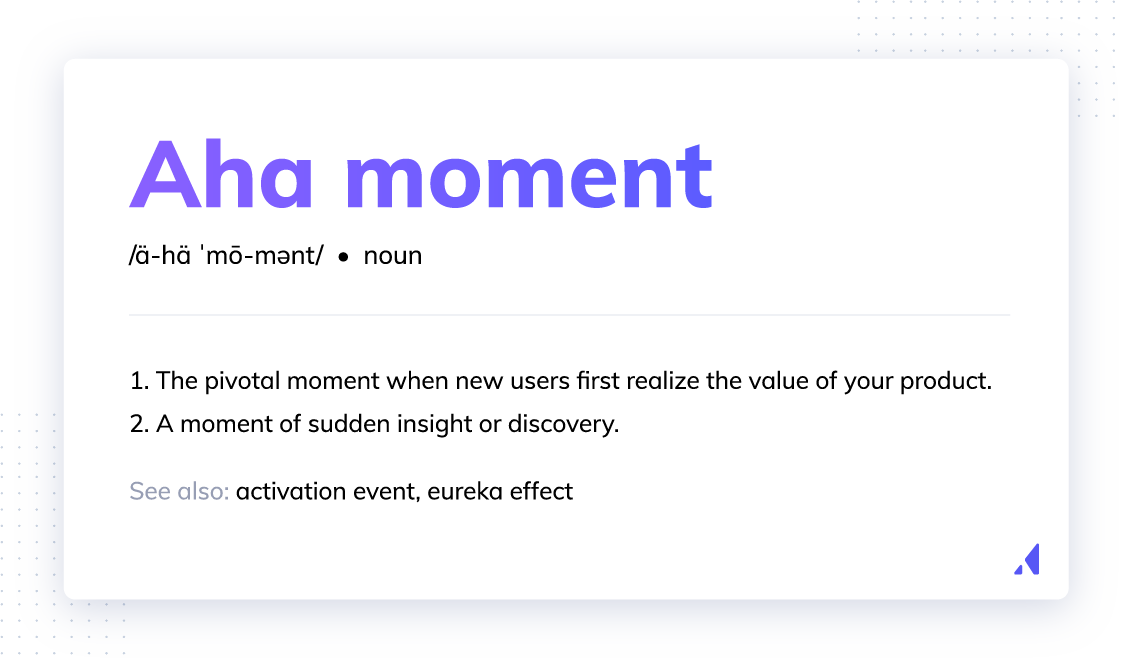
But to turn new customers into regular users of your product, you’ve got to help them discover the value you promised—fast. The opportunity to reduce time to value for customers exists during our favorite part of the customer journey: user onboarding. (Pro Tip: if you haven't spent time creating a user journey map, we suggest getting a handle on that first before optimizing flows for specific aha moments.)
The sooner you get new users to the aha moment during onboarding, the more likely they are to stay with your product. Retained customers drive growth by bringing in more new users and helping a company’s bottom line.
Users who appreciate a product’s value are likely to spread the word about it throughout their networks. Word-of-mouth referrals can result in big wins for businesses because they often lower the need for paid user acquisition. And saving on acquisition is a pretty big deal, considering it costs more than retention.
Retained customers also play a major role in bringing in revenue. Existing customers are more likely to buy from a company repeatedly and spend more money during subsequent purchases.
Increasing revenue and winning new customers are both exciting goals. But to achieve these benefits, companies must create a friction-free onboarding experience that gets folks to their aha moment.
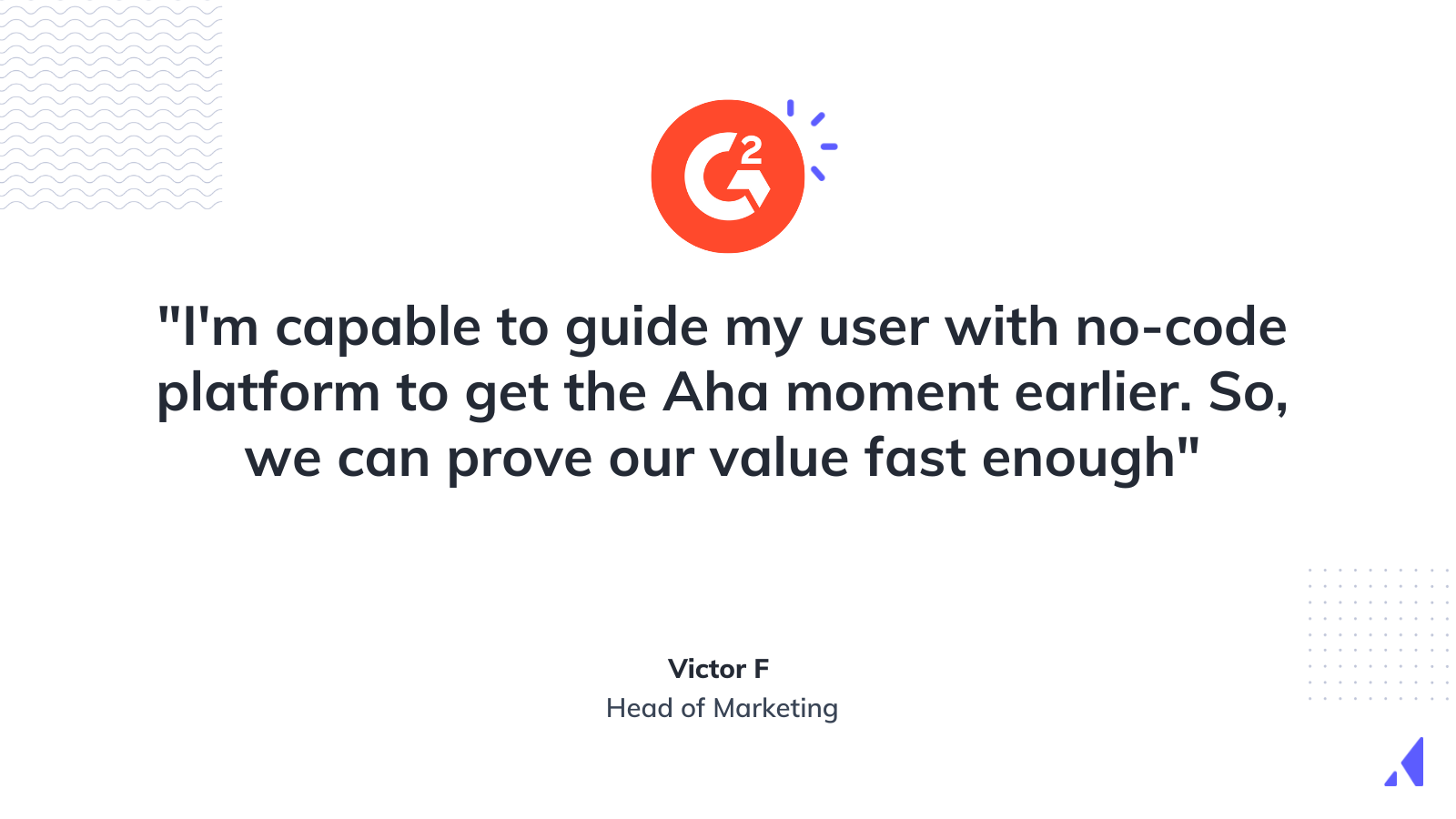
Now that we've covered the basics, it's time to find inspiration for your own onboarding processes. Let's have some fun, shall we? Take a look at these stand-out, real-life aha moment examples that remove the friction from onboarding and quickly show first-time users a product’s value.
Aha moment: Canva helps first-time users quickly reach their aha moment with a frictionless onboarding process that quickly shows users how anyone can create and share professional designs. New users don’t have to sign up for the product until they’re ready to save their design. First-time users see how Canva supports their need for an easy-to-use design tool without offering up any of their information.
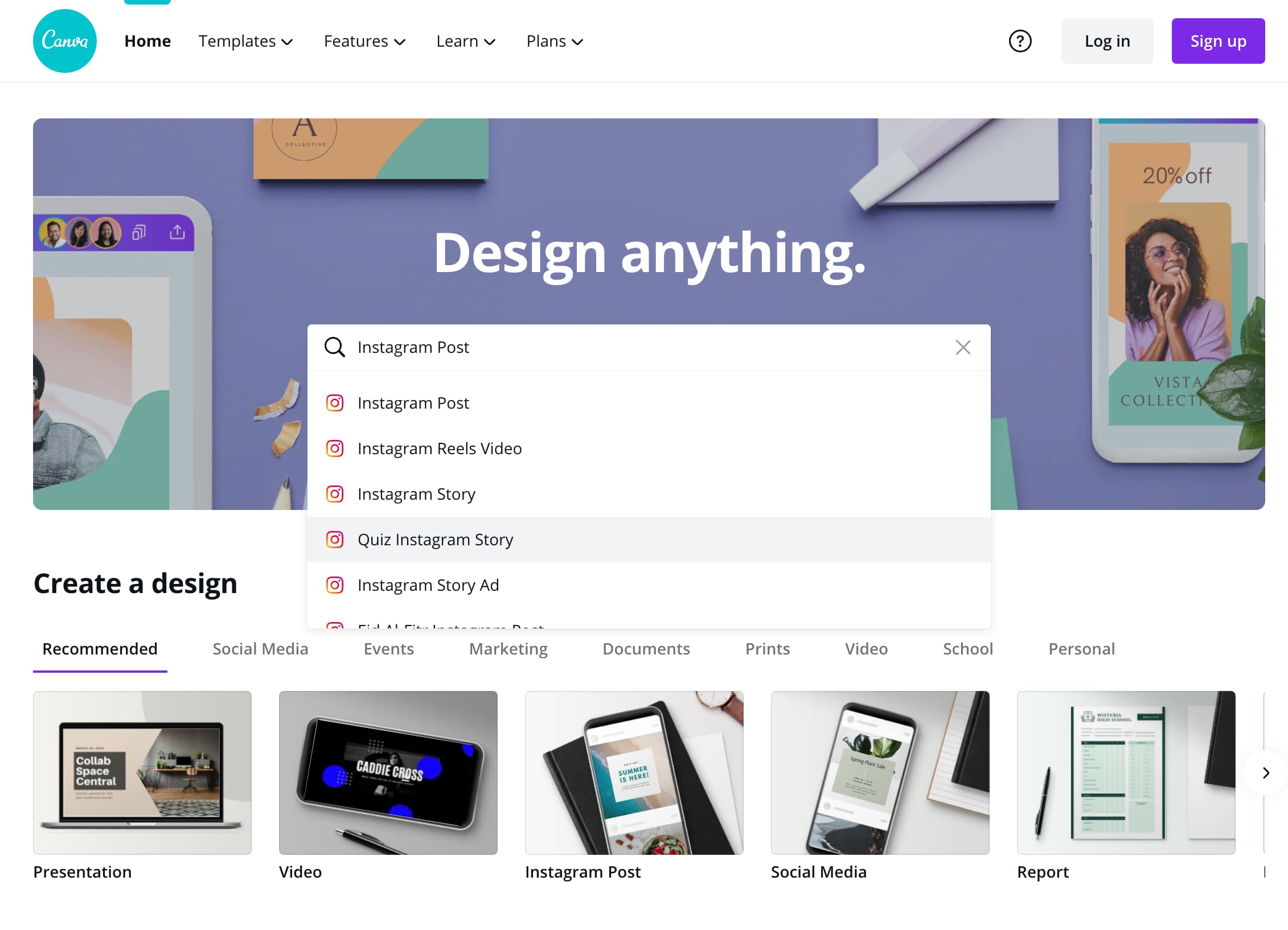
Canva’s user onboarding sequence is straightforward. On the homepage, the “Design anything” copy above the search bar signals to users that they can do just that: design anything they want. Users fill in the search bar with the type of design they wish to create, and a new tab opens displaying ready-to-go templates.
Canva guides first-time users through a four-step design flow that gets them to their first creation.

In the first step, Canva prompts users to select from ready-to-go templates to get started.

Next, Canva walks users through editing their selected design.
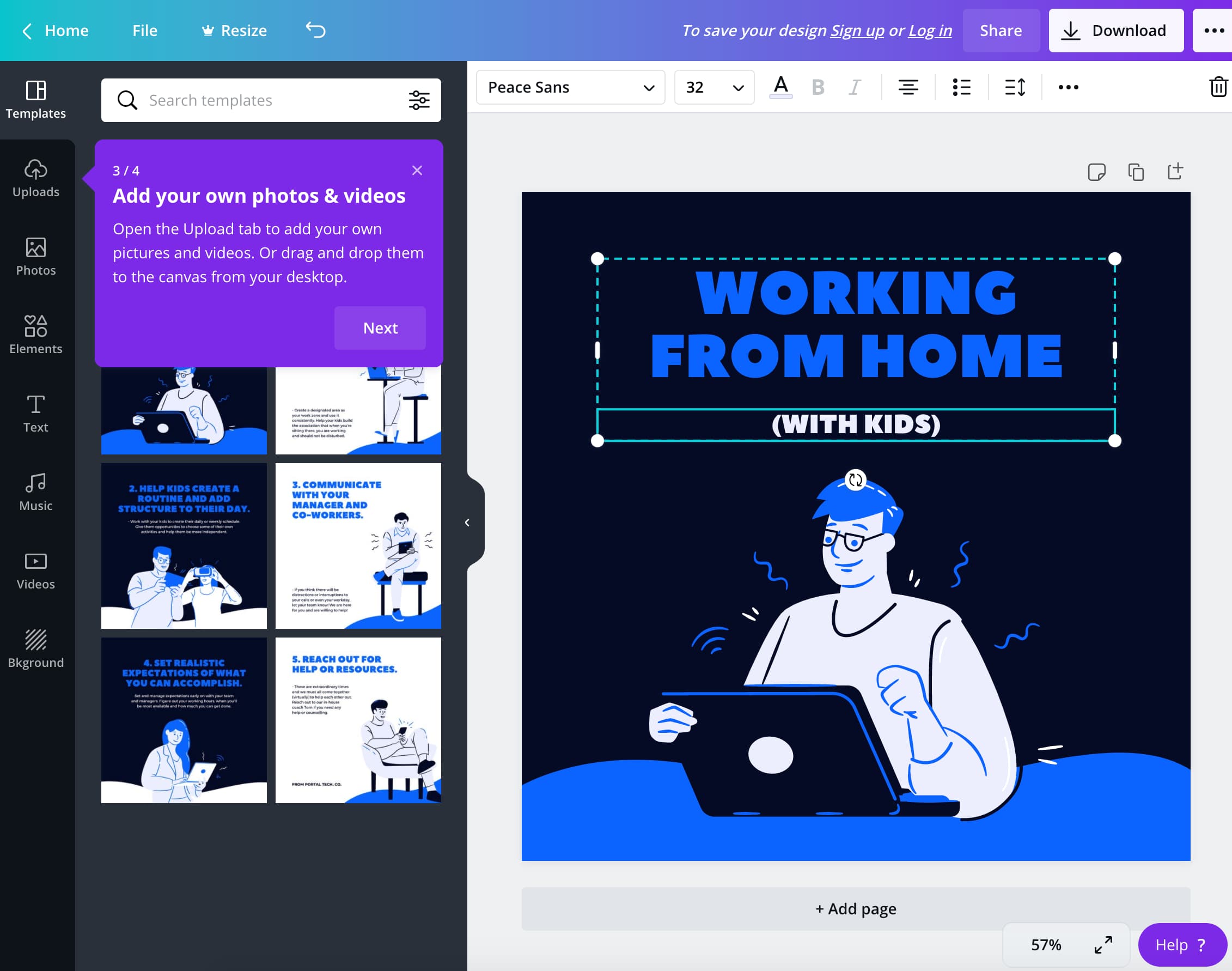
In the third step, users learn how to upload their own media into their Canva designs.
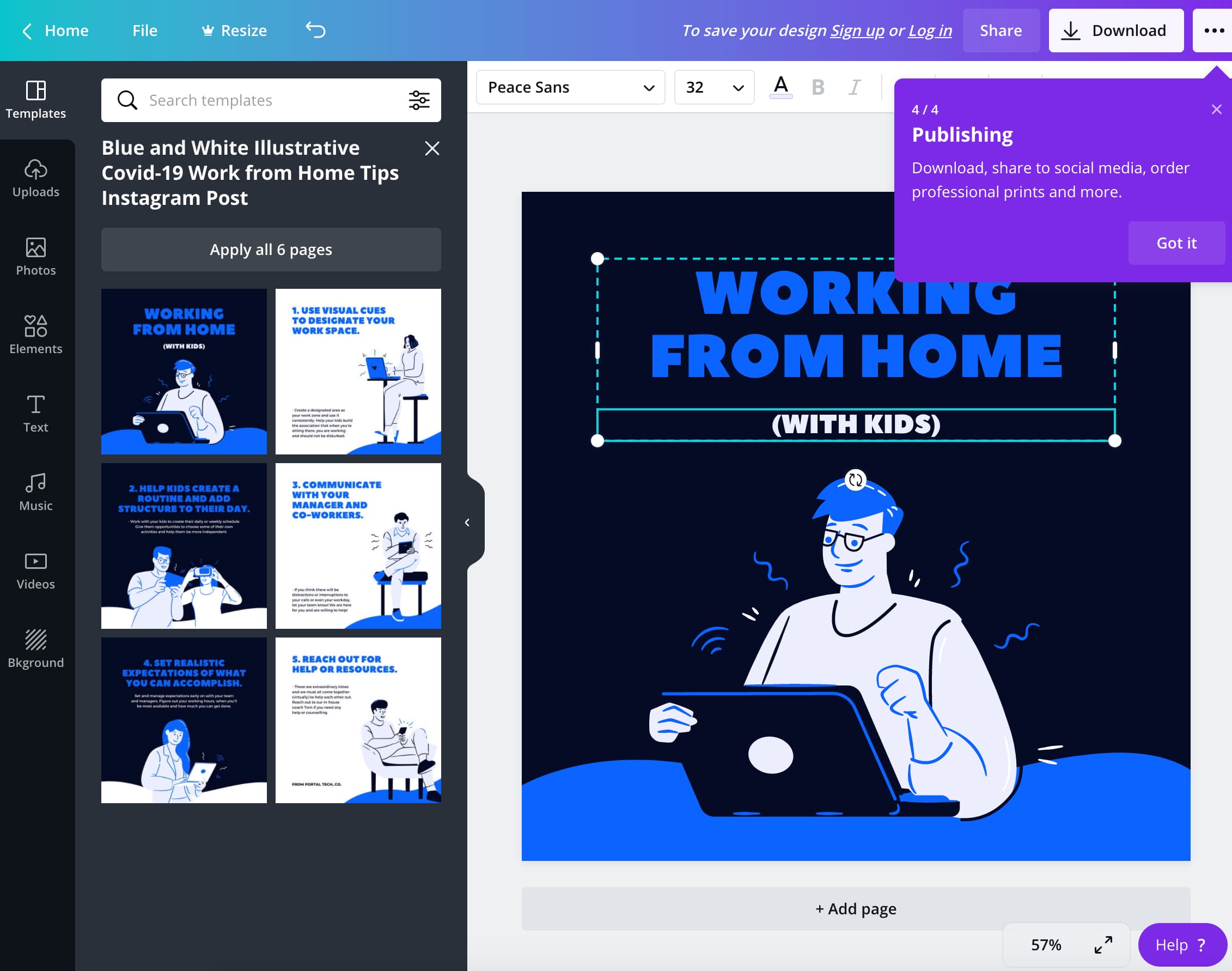
Once new users get to step four of the product’s onboarding tutorial, Canva shows them exactly where to go to begin sharing their design with the world!
Canva even removes obstacles for users who just want to see how it works and aren’t ready to design anything just yet. First-time users aren’t directed to create anything of their own, but they’re shown how with simple instructions. The straightforward onboarding approach helps new users get ramped up on the product quickly.
Aha moment: After a new user enters their address on the homepage, Grubhub presents them with a page full of restaurants to choose from. This particular aha moment is backed by user research. Grubhub’s first marketing lead, Casey Winters, and his team discovered that the conversion rate doubles for Grubhub users in Boston who get 55 or more results after searching their address on the platform.
Like other food delivery apps, Grubhub promises to help users discover and order food online from nearby restaurants for pickup or delivery.
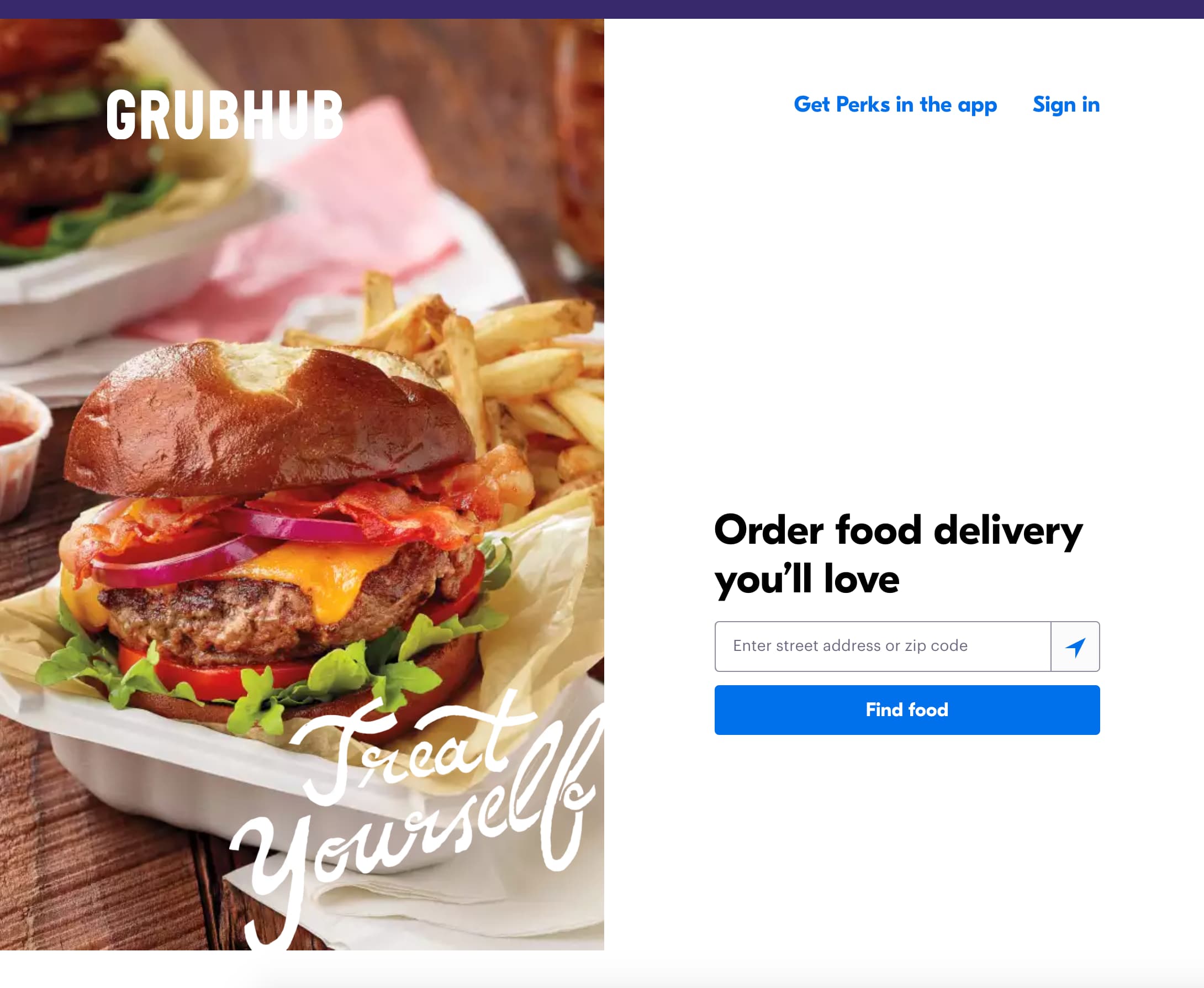
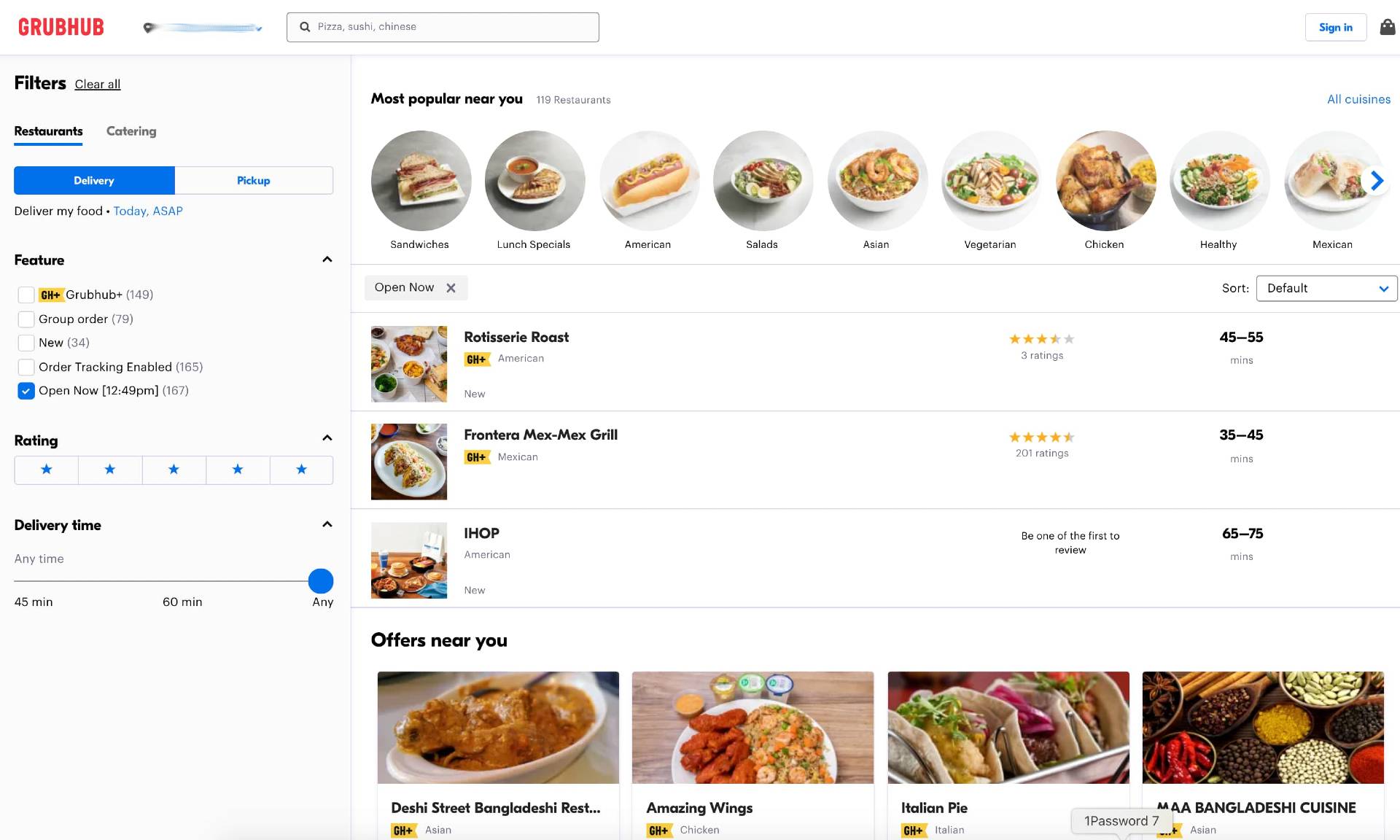
Like Canva, Grubhub keeps its onboarding process frictionless. New users don’t have to sign up for the product to complete a search.
Grubhub’s onboarding couldn’t be simpler. All they ask for is the user’s street address, which people expect to submit since the service is for food delivery. Once Grubhub gets that info, new users see the product’s value immediately.
Aha moment: Users reach the aha moment at the end of Headspace’s onboarding routine once they’ve completed a survey. Normally, an aha moment at the end of onboarding is a no-no. But in the case of Headspace, the aha moment has to happen at the end of onboarding to provide the new user a personalized experience.
The new user onboarding is a completely personalized experience for those who sign up for Headspace’s free trial—plus, it only takes a couple of minutes to complete.
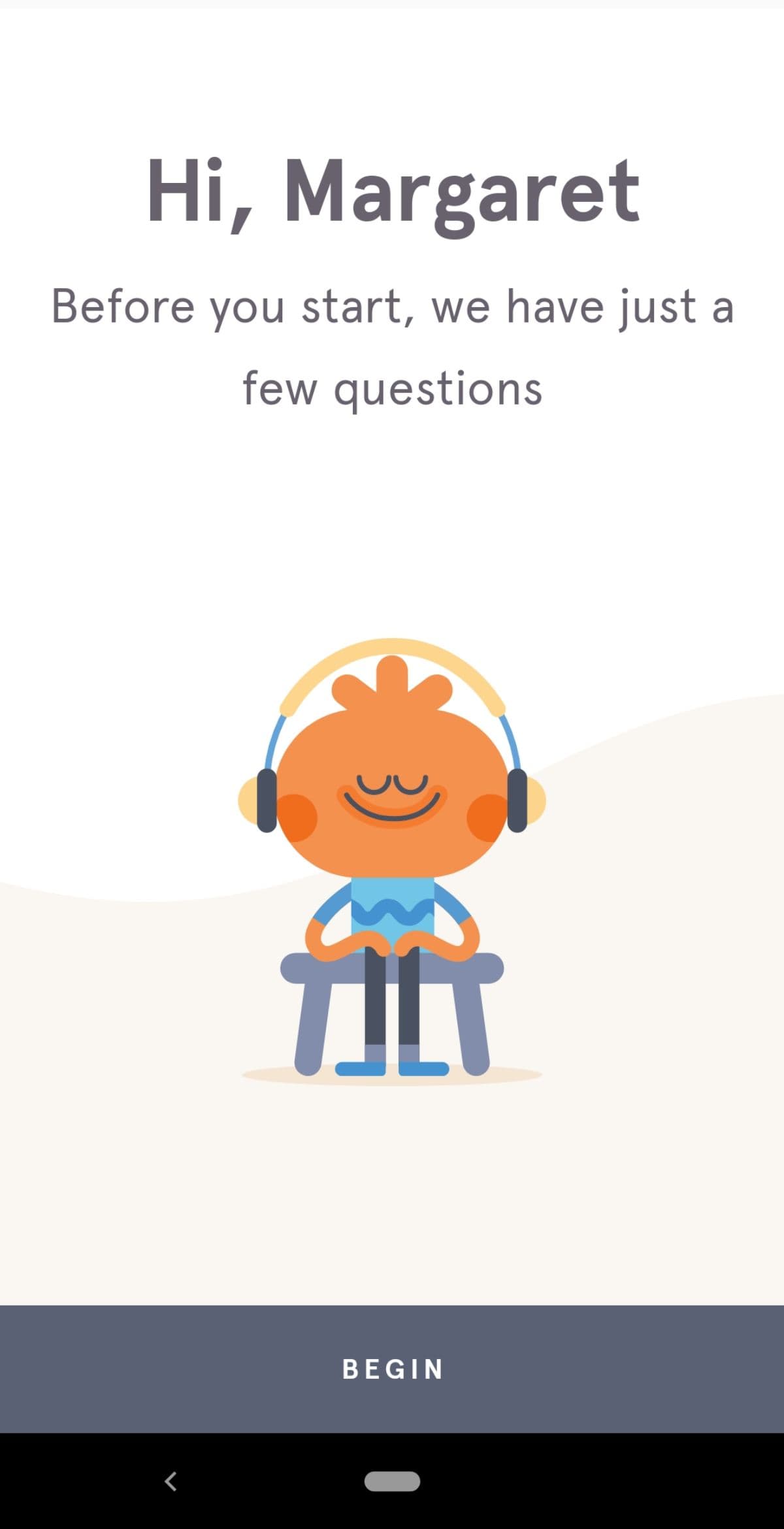
After signing up, Headspace takes users through a series of questions to create individualized plans for each user.
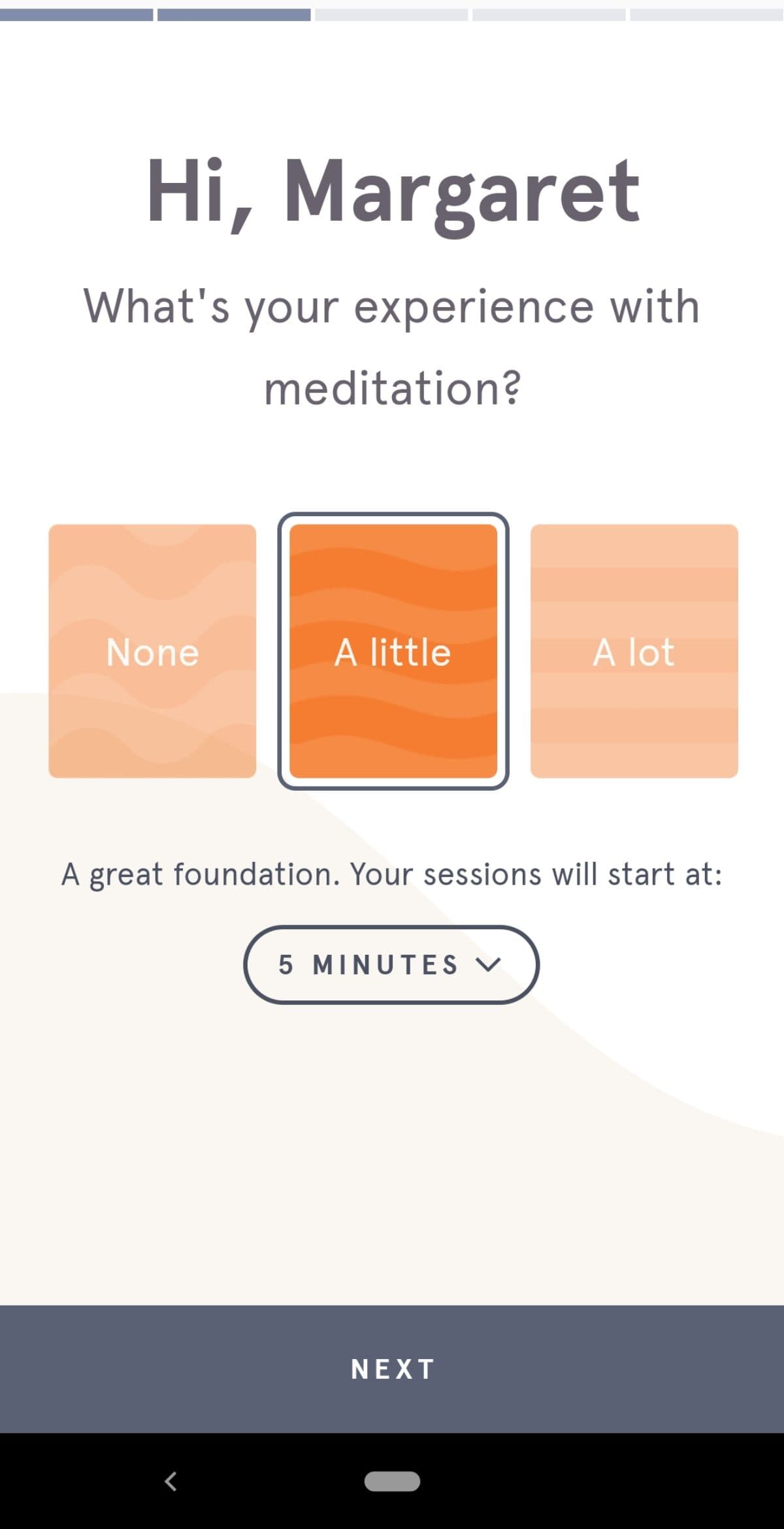
Headspace asks users about their previous meditation experience and recommends a length of time for their first sessions.
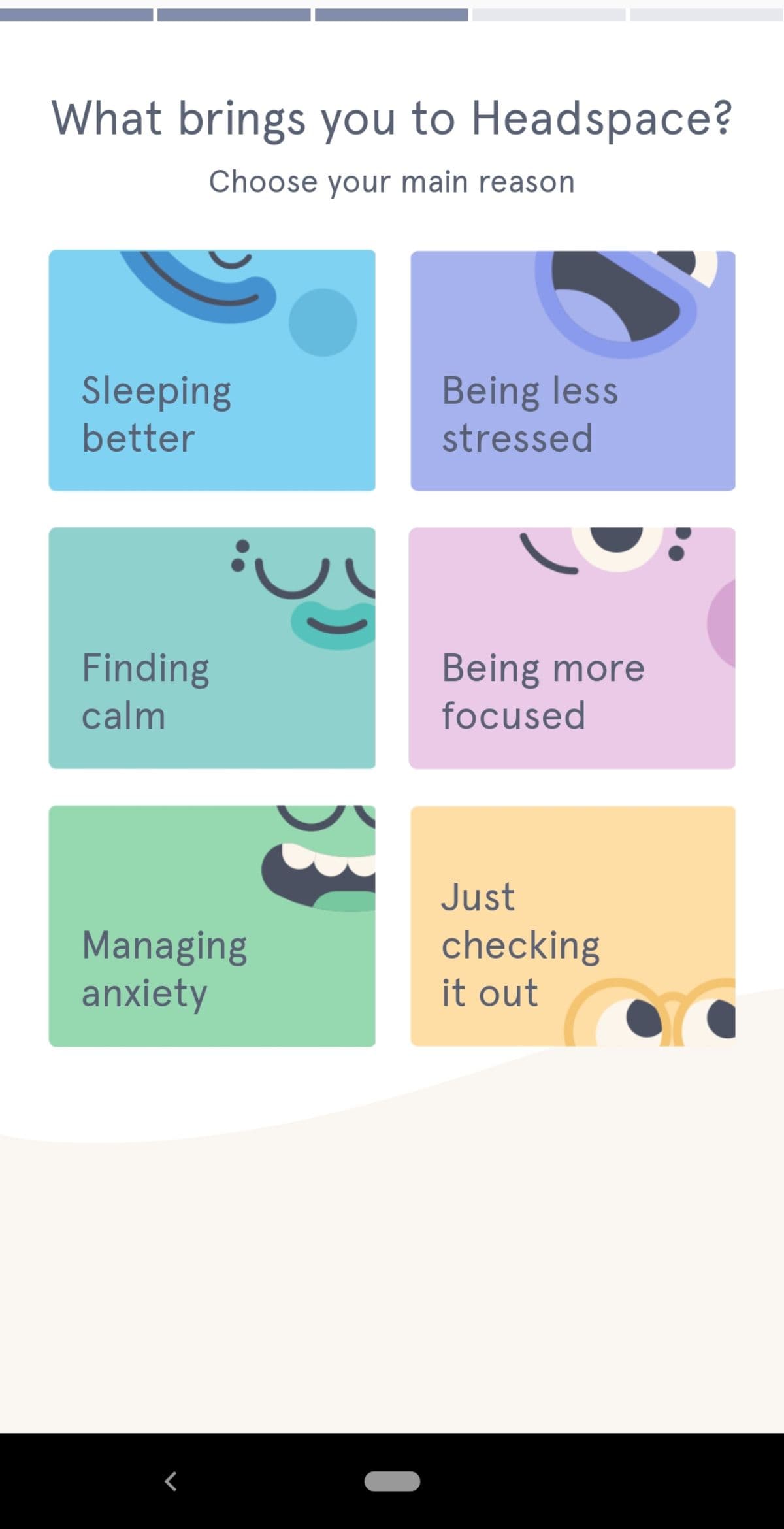
In the next step, users choose from six different options that express their motivation for trying the Headspace app.

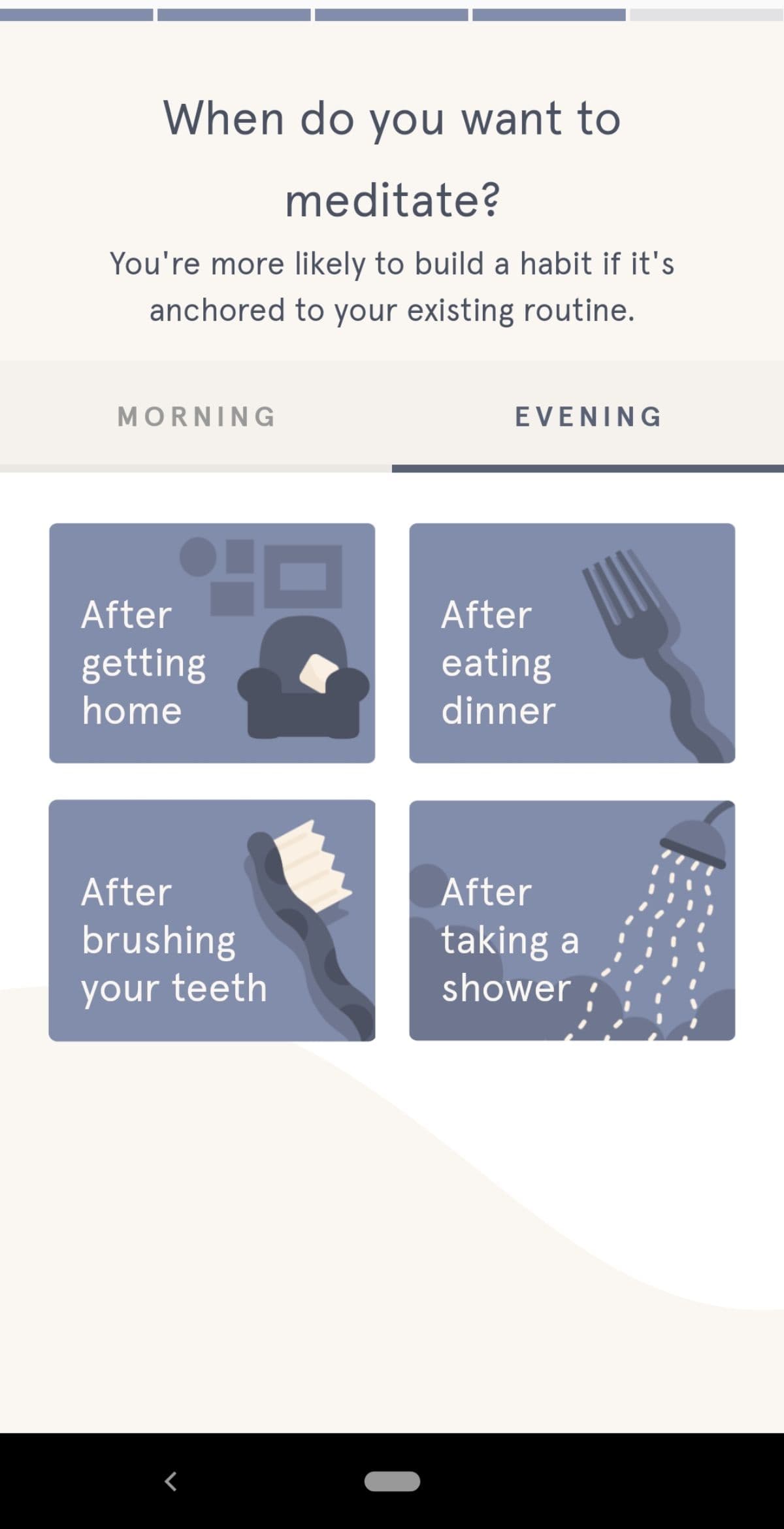
The last two questions focus on the user’s preferred meditation schedule. The user’s options include common activities people perform during their morning or evening routines.
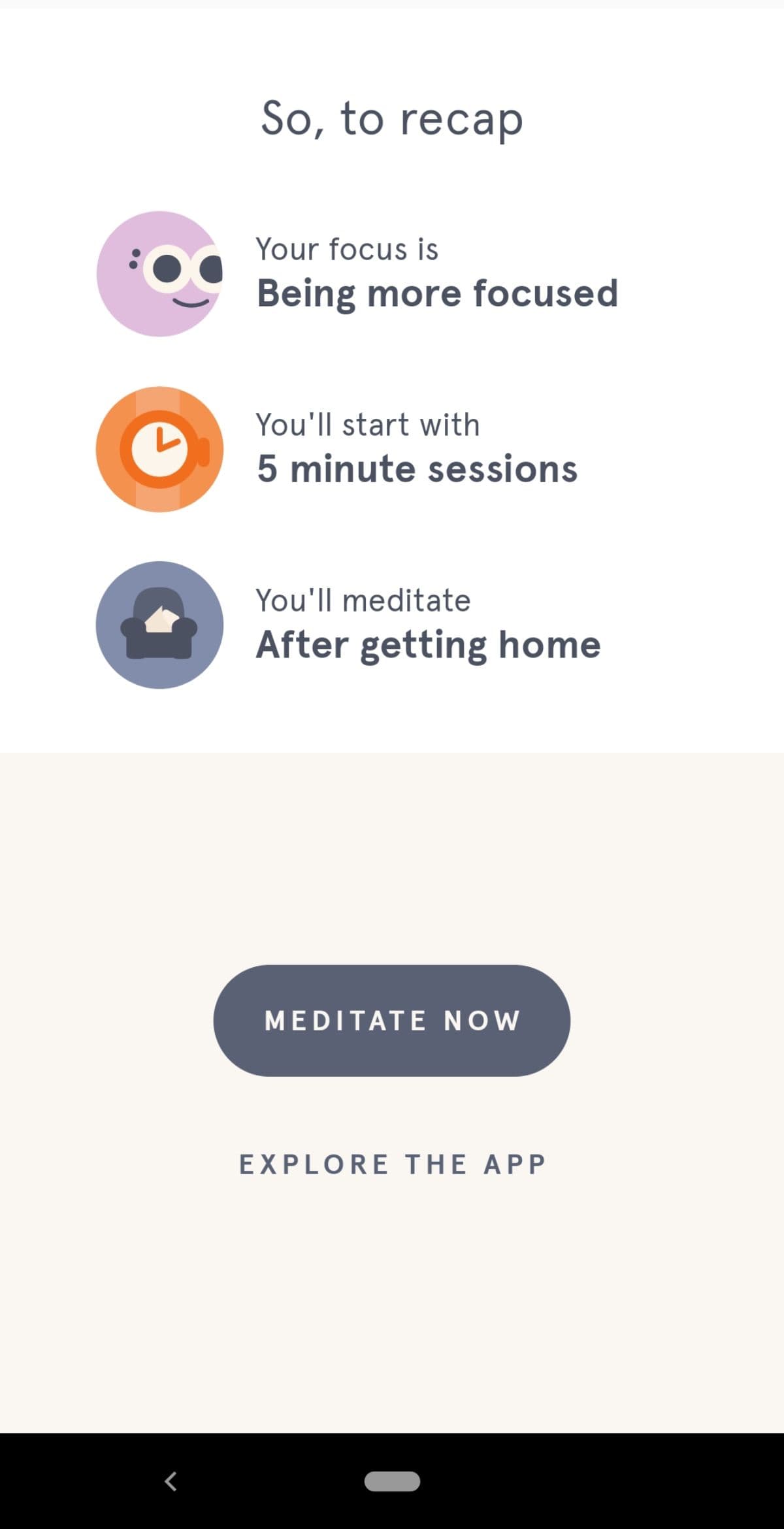
After answering the onboarding questions, Headspace users reach the aha moment; users get a personalized recap of their guided meditation plan and can get started with their new meditation right away.
This personalization is critical since meditation is a deeply personal practice. If the product’s promised value is that it offers guided meditations to help people achieve their wellness goals, then Headspace must take the time to understand users’ unique needs.
Aha moment: New Sprout Social users immediately find their aha moment through a product demo tour. During the onboarding process, users are able to quickly see the value Sprout Social brings to their social media management toolkit using their company's data to make it even more impactful.
In the tool’s onboarding process, new users attach their social accounts and share details about their social media experience and goals.
Sprout Social removes friction here by saving users the extra step of inputting or importing their own data. Users get to play around and check out the product’s features using a fake data set. This frictionless onboarding flattens the learning curve and gets new users to the aha moment quickly.

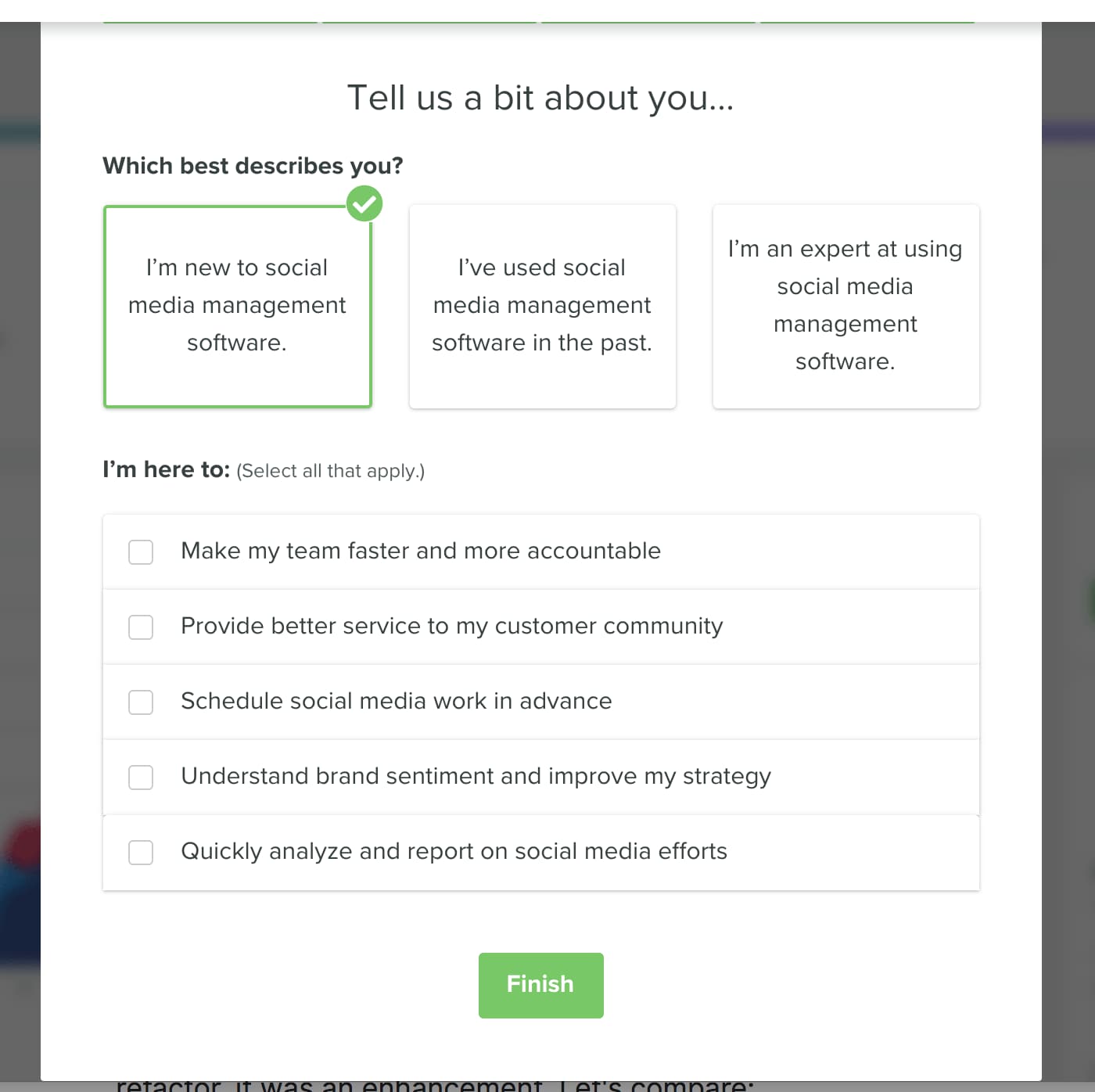
From there, Sprout Social takes users to a demo report.

Sprout Social removes friction here by saving users the extra step of inputting or importing their own data. Users get to play around and check out the product’s features using a fake data set. This frictionless onboarding flattens the learning curve and gets new users to the aha moment quickly.
Aha moments vary from product to product. Grubhub’s aha moment meant giving users a wide range of choices, while Headspace narrowed down options based on a user’s individual needs. Finding your product’s aha moment takes a bit of effort—but when done right, it’s worth it.
You know your product so well that you can wax rhapsodic about its value forever. But your new customers don’t want to hear about how great your product is; they want to experience it for themselves.
As you work toward discovering your product’s aha moment, remember to zero in on the activation event you want users to complete. This key event is the foundation for your aha moment because it sets the stage for future long-term user engagement. You should also speak to both your churned and existing users to gain valuable insights into if and when they reached the aha moment. This customer feedback will also help you personalize onboarding and get users to that eureka moment faster.
If you’re ready to get deep into the nitty-gritty of finding aha moments during user onboarding, you can learn more in The aha moment guide: How to find, optimize, and design for your product’s aha moment.
An aha moment for your user is a tada! moment for your business, opening the door for a long-lasting relationship between your user base and your brand.